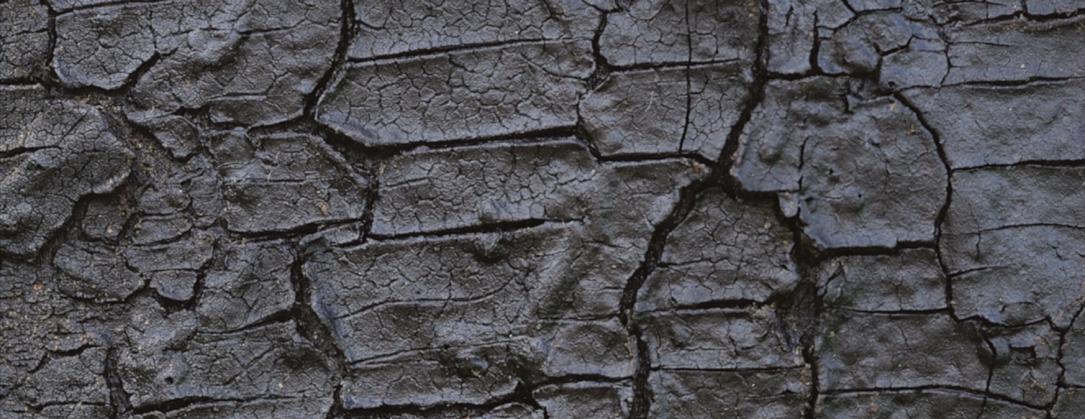FINISHING FOR FURNITURE LEGNO
CARBONIZZATO ORGANICO
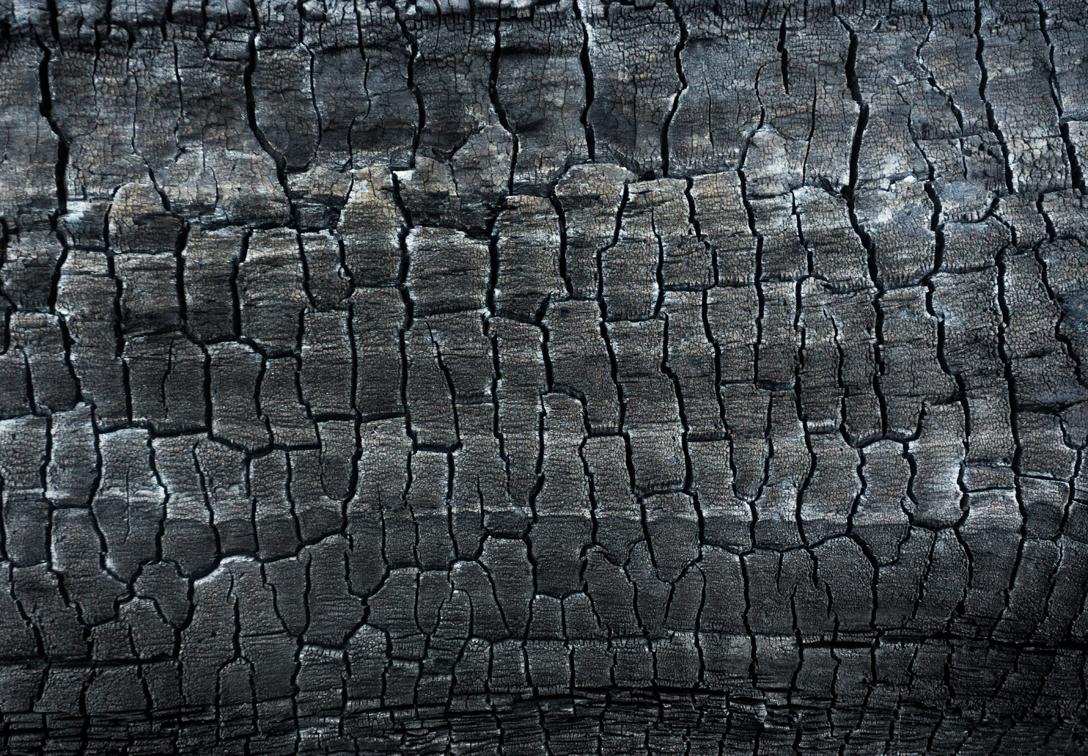
elegant finishing & natural effect design for 21st century
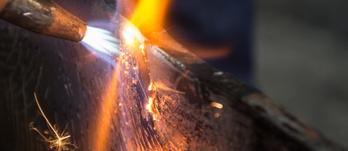
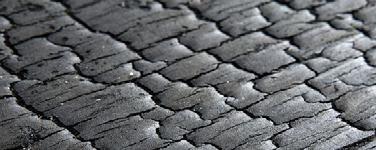

Legno Carbonizzato™
2017 Molteni Vernici S.r.l. All rights reserved.
Differenze rispetto al campione in visione sono da considerarsi non come un difetto, ma come caratteristica della lavorazione manuale che può essere suscettibile di variazioni di tonalità ed omogeneità.
Differences in respect with the sample have to be considered not as a defect, but as a characteristic coming from the manual working process which can be susceptible of variations of color and tone.
Special Thanks To: STUDIO MARCONATO & ZAPPA
Product Hand-Made in Brianza
INTRODUCTION
Page 07
ARCHITECTS MARCONATO & ZAPPA
Page 08
HISTORY OF FINISHING
Page 10
MADE IN BRIANZA
Page 14
TECHNOLOGY OF THE FUTURE
Page 15
DETAILS
Page 16
TECHNICAL INFO
Page 17
TEXTURE SURFACE
Page 18
PROJECT Page 19
THE END
Page 20
Da un’intuizione geniale e consapevole dell’affermato Studio di Architettura Marconato&Zappa in collaborazione con il CRS Molteni Vernici, nasce la nuova finitura Legno Carbonizzato Organico™.
Una finitura consapevole, nata con lo scopo di preservare l’ambiente grazie all’impiego di nuove tecnologie ad acqua.
Totalmente ad impatto zero, la nuova finitura promette di rivoluzionare la normale e tradizionale percezione dei coating industriali, donando alla superficie una matericità tridimensionale ed un tatto unico nel suo genere.
Versatile, industriale, facile da realizzare, la nuova finitura è pronta a dettare le nuove regole del mercato, sempre attento ed esigente, dell’arredo Made in Italy.
From a genial and conscious intuition coming from the wellknown Studio Marconato&Zappa in collaboration with the CRS Molteni Vernici, the new finishing Organic Carbonized Wood ™ comes to life.
A conscious finishing, created in order to preserve the environment thanks to the employment of new water-based technologies. Totally eco-friendly, easy to apply, the new finishing promises to bring a real revolution against the traditional perception of the industrial coatings, by giving the treated surface a multidimensional texture and taste.
Versatile and industrial, the new finishing is ready to dictate the new rules for the international market.
Marconato&Zappa
A Letter from the Architects
Lo Studio di Architettura Marconato&Zappa firma la nuova finitura
LEGNO CARBONIZZATO ORGANICO
“Una vera novità dove arte e design danno vita ad una finitura che è trionfo della materia, dove l’occhio si posa a scrutare e a contemplare - come in un museo – la superficie irregolare, mai riproducibile uguale a se stessa ma sempre diversa in ogni applicazione; qui l’industria poco può fare se non recuperare la tradizione artigianale e le capacità manuali del posatore.
L’uomo è al centro della scena, come ognuno di noi è protagonista indiscusso a casa propria, anche gli accessori, gli oggetti e mobili diventano unici”.
Marconato&Zappa Architects
BIOGRAPHY
Studio Marconato&Zappa
1961 anno di nascita di Maurizio Marconato
1963 anno di nascita di Terry Zappa
entrambi hanno formazione culturale artistica e tecnica
1981/1990 iniziano a collaborare con botteghe artigiane e industrie, sviluppando un approccio autodidattico al design
1986 laurea in Architettura al Politecnico di Milano, entrambi con lode
1987/1990 attività professionale individuale
1991 anno di fondazione dello Studio Marconato & Zappa
Architetti Associati con sede a Cantù
The Architectural Studio Marconato&Zappa signs the new finishing

ORGANIC CARBONIZED WOOD
“A real novelty where art and design have given life to a finishing representing the triumph of the material, thanks to which our eyes stop to contemplate - like in a museum - the irregular surface, never reproducible like the first one but always different in every application; here industry cannot do anything, but bringing to life again the historical tradition and the operator’s manual abilities. The human being returns at the center of the scene, also all the accessories, the objects and the furniture complements become unique pieces of art”.
Progettano mobili in pezzi unici su misura, espressamente pensati a completamento dell’arredamento e realizzati da esperti artigiani, curandone la realizzazione in tutti i particolari.
Svolgono l’attività di interior design progettando arredamenti per abitazioni, alberghi, spazi espositivi e negozi sia per privati che per aziende, in Italia e all’estero.
the field of design, creating products for many companies manufacturing products for offices and homes and being responsible for the production process from design phase and production to presentation on the market, coordinating company image via photographs, graphics, publicity and exhibitions.
La loro attività professionale comincia presto, già durante gli studi: dai primi anni ’80, infatti, collaborano nel campo del design, ideando prodotti per numerose aziende nel settore del mobile per casa ed ufficio, occupandosi dalla progettazione e industrializzazione dell’oggetto fino alla presentazione sul mercato, coordinando l’immagine dell’azienda nei settori fotografico, grafico, pubblicitario e di progettazione d’allestimenti fieristici.
Dopo il conseguimento della laurea in Architettura, esercitano inoltre come liberi professionisti nei campi della progettazione, del recupero e della ristrutturazione del patrimonio edilizio, sviluppando progetti liberi da rigidi schemi. Da sempre affascinati dai modi in cui le persone vivono e abitano gli spazi e da come interagiscono con arredi ed oggetti, progettano gli uni e gli altri in modo simbiotico.
Grazie al loro percorso artistico hanno sempre avuto un forte interesse per l’arte e sono affascinati dal mondo delle immagini, realizzando progetti personali, audiovisivi e fotografici, su street art e culture del mondo. Viaggiano molto in Italia e all’estero, sia per lavoro che per coltivare per loro passioni, trovando così fonti d’ispirazione nelle società e nei modi di vita che incontrano.
1961 Maurizio Marconato: born in Cantù
1963 Terry Zappa: born in Cantù both have an artistic and technical background
1981/1990 they begin their collaboration with craftsmen and industries, developing a self-taught approach to design
1986 both partners attain degrees in Architecture at the Politecnico di Milano, both with honours
1987/1990 individual professional careers
1991 Studio Marconato&Zappa Architetti Associati with main office in Cantù is founded
Their professional activity begins early on, during their student years: from the early 80’s they began to work in
After having attained their degrees in Architecture, they practice as free-lance professionals in construction, specializing in refurbishment and restoration of buildings, developing projects free from rigid standards.
But their main fascination has always been in the way people live and use the spaces around them, and how they interact with furniture and objects.
They now turn their attention to these spaces and the items in them symbiotically designing one for the other.
They custom design unique items purposefully thought of to complete interior design, made by master carftsmen and they handle all aspects of the production.
They continue as interior designers for types including residential, hotels, exhibition areas and shops, private and business sectors, in Italy and abroad.
Thanks to their artistic background, they have always been greatly interested in art and images, and have realized several personal projects involving video, photography, street art and world culture.
They travel extensively in Italy and the world, both for work and pleasure, cultivating their passions and finding inspiration in the cultures and ways of life they come across.
From Japan
Antique Values of Nature
Una finitura del passato che rivoluzionerà il futuro, dove l’obbiettivo è quello di preservare la natura con l’impiego della tecnologia senza perdere la tradizione.
Conservare con arte ciò che madre natura ci ha donato. Questo è il mood che ha ispirato la creazione della nuova finitura che imita il legno carbonizzato a fuoco.
Può sembrare contraddittorio, dar fuoco ad un legno per renderlo più forte.
Eppure lo Shou Sugi Ban così come la nuova finitura Legno Carbonizzato Organico™ di Molteni Vernici, ha una morale profonda: assecondare la natura del legno per trarne risorse insospettate.
A finishing coming from the past and able to innovate the future, where the main purpose is to preserve the nature through the employment of new technologies, but without forgetting the tradition.
Preservating with art something that nature has given to us. This is the mood which has inspired the creation of the new finishing, in imitation of the carbonized wood. It could sound contradditory, to burn a wooden piece in order to make it stronger.
However, the Shou Sugi Ban like the new finishing Organic Carbonized Wood ™ by Molteni Vernici, has a deep soul: to support the nature of wood in order to find some unsuspected resources.
Legno Carbonizzato Organico
STORIA
Benvenuti nel Mondo del Legno Carbonizzato Organico
Carbonizzare superficialmente il legno per proteggerlo è una tecnica secolare giapponese chiamata Shou Sugi Ban, che significa “assi di cedro bruciate”.
È stato in uso in Giappone per molto tempo, almeno fino a quando le tecniche moderne di conservazione e finitura del legno non hanno soppiantato questa metodologia tradizionale.
Come spesso accade, tuttavia, anche in architettura si tendono a riscoprire tecniche antiche e considerate più rispettose dell’ambiente, ed ecco che anche la tecnica dello Shou Sugi Ban sta ottenendo nuovi estimatori e viene riconsiderata anche al di fuori del Giappone. In origine, carpentieri giapponesi erano alla ricerca di un metodo che consentisse loro di preservare il legno nel tempo e gli potesse donare una finitura unica ed artistica. A causa del processo di invecchiamento che il legno subisce quando è sottoposto al duro ambiente di acqua salatatrasportato dalla corrente - al sole, il legno giapponese è da sempre apprezzato per il suo aspetto unico e per la sua lunga durata.
Tale processo naturale di invecchiamento, tuttavia, aveva come limite il fatto di essere lungo, mentre la domanda di legno trattato era in continua e rapida crescita. I maestri giapponesi decisero allora di affinare un’altra tecnica in cui il fuoco diventava il fattore dominante. Nello Shou Sugi Ban il fuoco non danneggia ma preserva (o, meglio, preserva danneggiando), donando al tempo stesso al legno quella
finitura che costruttori di case e gli artigiani giapponesi stavano cercando.
La pratica di carbonizzazione del Sugi (Cryptomeria japonica), comunemente chiamato negli Stati Uniti “Cedro Giapponese”, è diventata comune in Giappone almeno a partire dal ‘700, e probabilmente anche prima.
Negli ultimi 50-100 anni la pratica è tuttavia caduta in disgrazia in Giappone a causa dell’avvento della plastica moderna e dei rivestimenti a base di cemento, o comunque di altre forme di finitura.
Inoltre, il legno in Giappone è stato per diverso tempo un materiale sempre meno disponibile tanto che la maggior parte di esso doveva essere importato, aumentandone notevolmente il costo.
Nei primi anni 2000, lo Shou Sugi Ban è stato riscoperto, prima in Giappone, per poi guadagnare rapidamente l’attenzione di architetti e designer in Europa e Nord America, e ha iniziato a far mostra di sé in case ed edifici progettati su misura.
Negli ultimi anni il suo utilizzo è veramente esploso, per le stesse ragioni per le quali era popolare in Giappone centinaia di anni fa; tuttavia i costi, la ricerca di continuità di colorazione, l’industrializzazione e la sensibilità sviluppata dagli architetti nei confronti dell’ambiente, hanno fatto sì che lo Shou Sugi Ban diventasse una tecnica superata. In origine, la pratica di carbonizzare la superficie delle assi di legno richiedeva parecchio lavoro e si può anzi dire che
fosse un’autentica tecnica di meditazione zen, per come veniva eseguita.

Oggigiorno possiamo ricorrere a più veloci strumenti che ci consentono di ottenere lo stesso risultato estetico, pur nel rispetto della tradizionale finitura grazie alla tecnologia messa a punto dal CRS Molteni Vernici denominata “Legno Carbonizzato Organico™”.
Una vera matrice organica, materica, tridimensionale alla vista e al tatto, dal sapore passato che riscopre gli animi moderni guidati dalla sapiente manualità artigiana e tecnologica che da sempre sono state il successo della Brianza, fucina di idee e di innovazioni che arredano. Una finitura dalla matrice unica in grado di rendere qualsiasi superficie una vera e propria superficie di legno naturale carbonizzato.
HISTORY
Welcome to the World of Organic Carbonized Wood
To carbonize wood in a superficial way in order to protect it is a Japanese ancient technique called Shou Sugi Ban, which means “burned cedar boards”. This technique has been used in Japan for many years, until the moment in which the modern conservation techniques of wood have eliminated this traditional method.
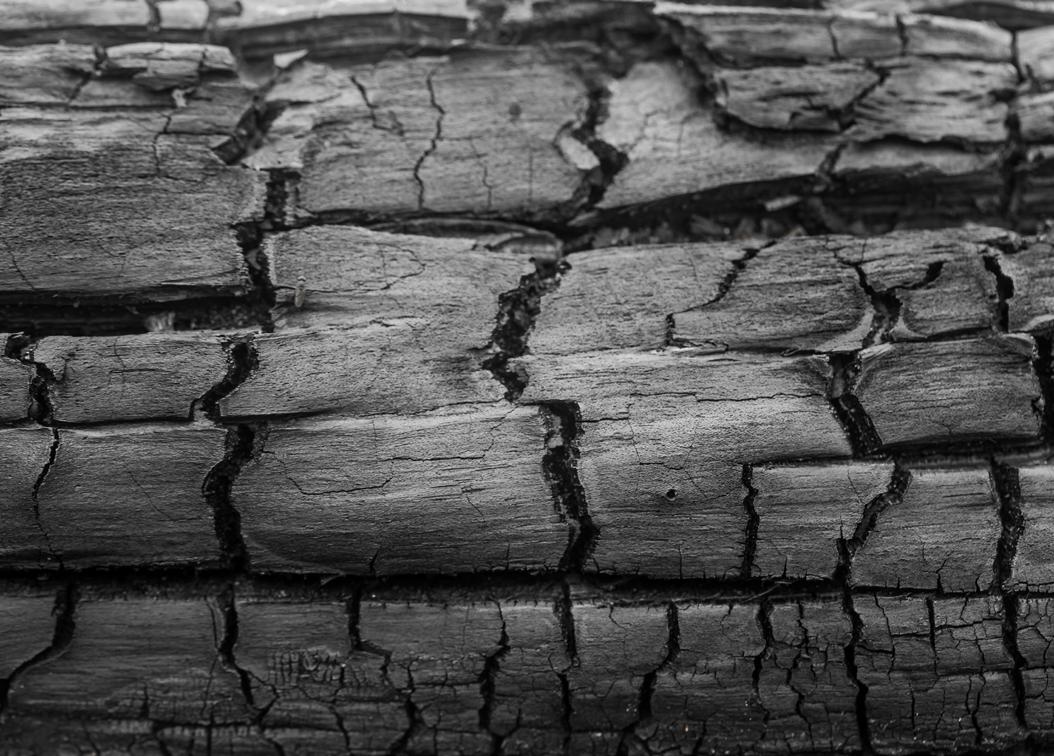
As often happens, however, Architects tend to rediscover ancient techniques which are considered to have more respect against the environment, and this is why the Shou Sugi Ban technique is obtaining new estimators and is being considered also outside the Japanese lines.
In origin, Japanese craftsmen were looking for a method which allowed them to preserve wood through time, by giving it at the same time an artistic and unique finishing.
Due to the aging process that wood passes through when subjected to salt water while flowing, the Japanese wood has been appreciated for its unique aspect and its long last. However, this natural process of aging was very long to obtain, while the demand for the treated wood was in a continuous ascent. For these reasons, the Japanese craftsmen gave life to another technique in which fire became an essential element. As a matter of fact, in the Shou Sugi Ban technique fire does not damage but preserves wood (or, better, it preserves wood by damaging it), by giving it at the same time that kind of finishing that all Japanese craftsmen were looking for.
The carbonization practice of Sugi (Cryptomeria japonica), that is commonly called in the US “Japanese Cedar”, has
become well-known in Japan from the XVIth Century. During the last 50-100 years, this practice has fallen into disgrace in Japan due to the employment of modern plastic and concrete coverages, or other forms of finishing.
In the early XIVth Century, the Shou Sugi Ban technique has been rediscovered, firstly in Japan, and then fastly gaining the attention of Architects and Designers from Europe and North America, and starting to show its abilities inside private houses and tailor-made buildings. During the last years, its employment has really blown up for the same reasons for which it was already famous in Japan hundreds years ago; however, the costs, the research of a coloration’s continuity, the industrialization and the developed sensitiveness of Architects towards the environment have obtained the result of making Shou Sugi Ban an ancient technique.
In origin the practice of carbonizing the surface of wooden boards required too much work and, furthermore, it was considered an authentic technique of zen meditation, for how it was carried on.
Nowadays we can use faster instruments which allow us to obtain the same aesthetic result but respecting the traditional finishing thanks to a new technology created and developed from the CRS Molteni Vernici, called “Organic Carbonized Wood™”.
A real organic, materic and multidimensional material to the sight and the touch, with an ancient taste able to rediscover the modern souls guided from the wise art of craftsmen and technologies which have always been the success of Brianza, the real core business of innovative ideas and projects. A finishing with an unique texture able to transform every kind of surface into a natural carbonized wooden surface.
Il buon legno non cresce con facilità: più forte è il vento e più forti sono gli alberi, più lontano è il cielo e più alte sono le piante, più violenta è la tempesta e più grande è la forza.
Douglas Malloch
Finiture
Made in Brianza
La Tecnologia del Futuro
Artigianalità e manualità che hanno fatto grande la storia della Brianza del mobile e che, come un quadro d’autore, ritornano per emozionare e arredare la vita, così come nostri padri e prima ancora i nostri nonni ci emozionavano quando a mani nude con soli pochi strumenti creavano vere e proprie opere d’arte.
Manual abilities of craftsmen which have made the history of Brianza great and which, like a real piece of art, come back in order to give emotions, just like when our fathers and our grandfathers gave us emotions when with just a few tools were able to create real workpieces.

‘700 Naturale processo di carbonizzazione con sole ed acqua salata.

‘900 Shou Sugi Ban “assi di cedro bruciate”.
2017 Legno Carbonizzato Organico™ ottenuto con processo Coating.


details
TECHNICAL INFO
Finitura dalla matericità unica e tridimensionale, applicabile ad ogni superficie con impieghi da indoor.
Finishing with an unique materic and multidimensional texture, applicable on every surface with indoor employments.

MATERIALI/MATERIALS
Ferro, ferro zincato*, alluminio*, zama, ottone, acciaio AISI 303, 304, 316, 316L*, supporti galvanici*, ABS, nylon, PA-6, polipropilene*, poliuretano rigido, polimeri complessi, policarbonato, polistirolo, fibre composite, vetroresina, legno*, MDF*, HDF*, multistrato*, listellare marino*, melamminico, nobilitato composito (*preparati con
appositi primer)
Iron, zinc iron*, alluminum*, zama, brass, steel AISI
303, 304, 316, 316L*, galvanic overs*, ABS, nylon, PA-6, polypropylene*, rigid polyurethane, complex polymers, polycarbonate, polystyrene, composite fibers, glassfiber, wood*, MDF*, HDF*, plywood*, marine plywood*, melamine, composite nobilitate (*prepared with the specific primers)
SPESSORE/ THICKNESS
50 Microns/50 Microns
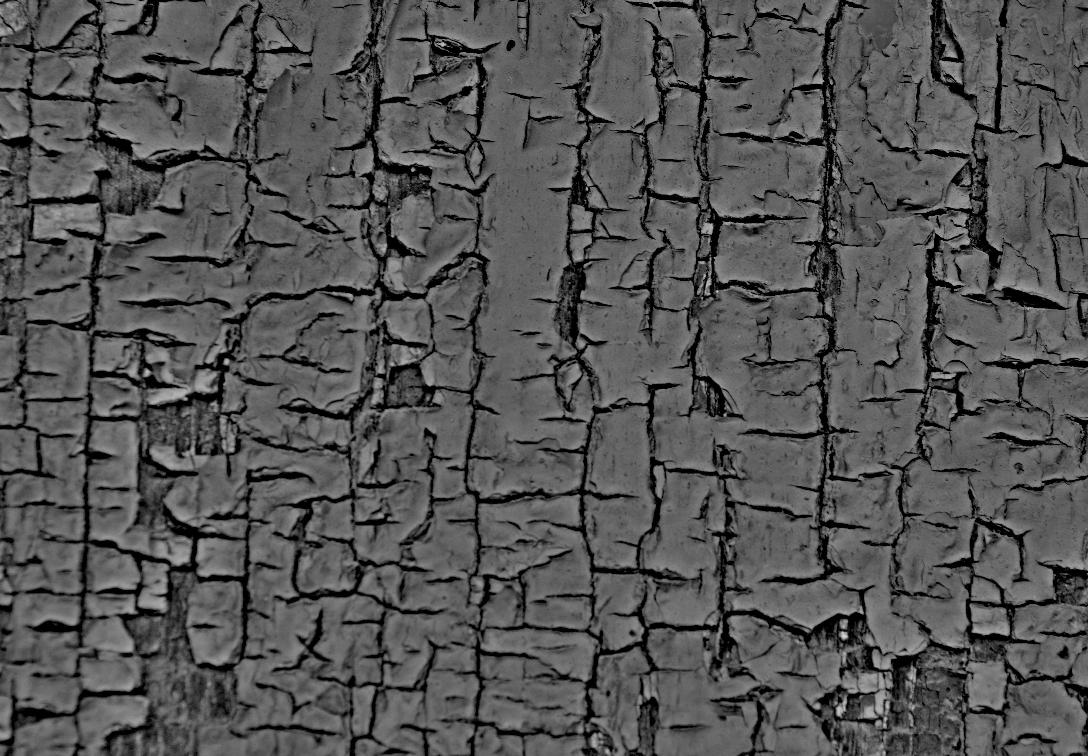
ESSICAZIONE/DRYING
Aria/Air
SETTORI/FIELDS
Ante, Componenti Cucina, Living Room, Divani, Tavoli, Sedie, Complementi d’Arredo, Illuminotecnica, Maniglieria, Elettrodomestici, Serramenti, Strutture, Rivestimenti, Negozi, Ristorazione, Bar, Banconi, Pannelli, Pannelli di rivestimento, Pareti.
APPLICAZIONE/APPLICATION
Manuale a spatola/Manual by spatula
Panels, Kitchen Components, Living Room, Sofas, Tables, Chairs, Furniture Complements, Lighting, Handles, Appliances, Windows and Doors, Structures, Coverages, Shops, Restaurants, Bars, Tops, Coverage Panels..
Texture Surface

La finitura Legno Carbonizzato Organico™ si presenta con una texture completamente materica, tridimensionale e morbida al tatto.
Grazie all’impiego di una nuova tecnologia sviluppata dal CRS Molteni Vernici, la superficie trattata con la finitura Legno Carbonizzato Organico™ risulta solida, non sfalda ed è completamente isolata da ogni tipo di liquido caldo o freddo.
The finishing Organic Carbonized Wood ™ shows a completely materic, multidimensional and soft to the touch texture, which is unique in its genre. Thanks to the employment of a new technology developed from the CRS Molteni Vernici, the surface treated with this finishing is solid, does not exfoliate and is completely insulated from cold and hot liquids.

Projects
WHERE TO USE IT
Dove usare la finitura
Grazie alla facilità di applicazione e ai costi industriali contenuti, la finitura Legno Carbonizzato Organico™ può essere impiegata a 360° per ogni progetto da indoor e su qualsiasi supporto.
Il suo carattere caldo e la morbidezza della sua texture rendono questa finitura un vero e proprio alleato per professionisti, poichè ha la capacità di trasformare qualsiasi oggetto di uso quotidiano in un vero e proprio capolavoro protagonista di ogni ambiente.
Thanks to its applicative easiness and its contained industrial costs, the finishing Organic Carbonized Wood™ can be applied on every kind of support made on metal, plastic and wood for every interior project.
Its warm character and the softness of its texture make the finishing Organic Carbonized Wood™ a real allied for all professionals, thanks to the ability of transforming an object with a daily use into a real piece of art that can be the true protagonist for every environment.
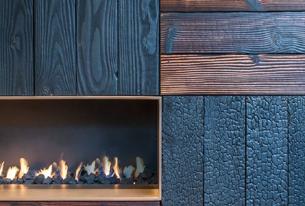
What’s next?
Il futuro sarà orientato a preservare l’ambiente con prodotti che permetteranno di conservare la materia e materiali naturali attraverso l’arte del riciclo.
The future will be oriented towards the preservation of our environment through the employment of products which allow the conservation of all natural materials through the art of recycling.
